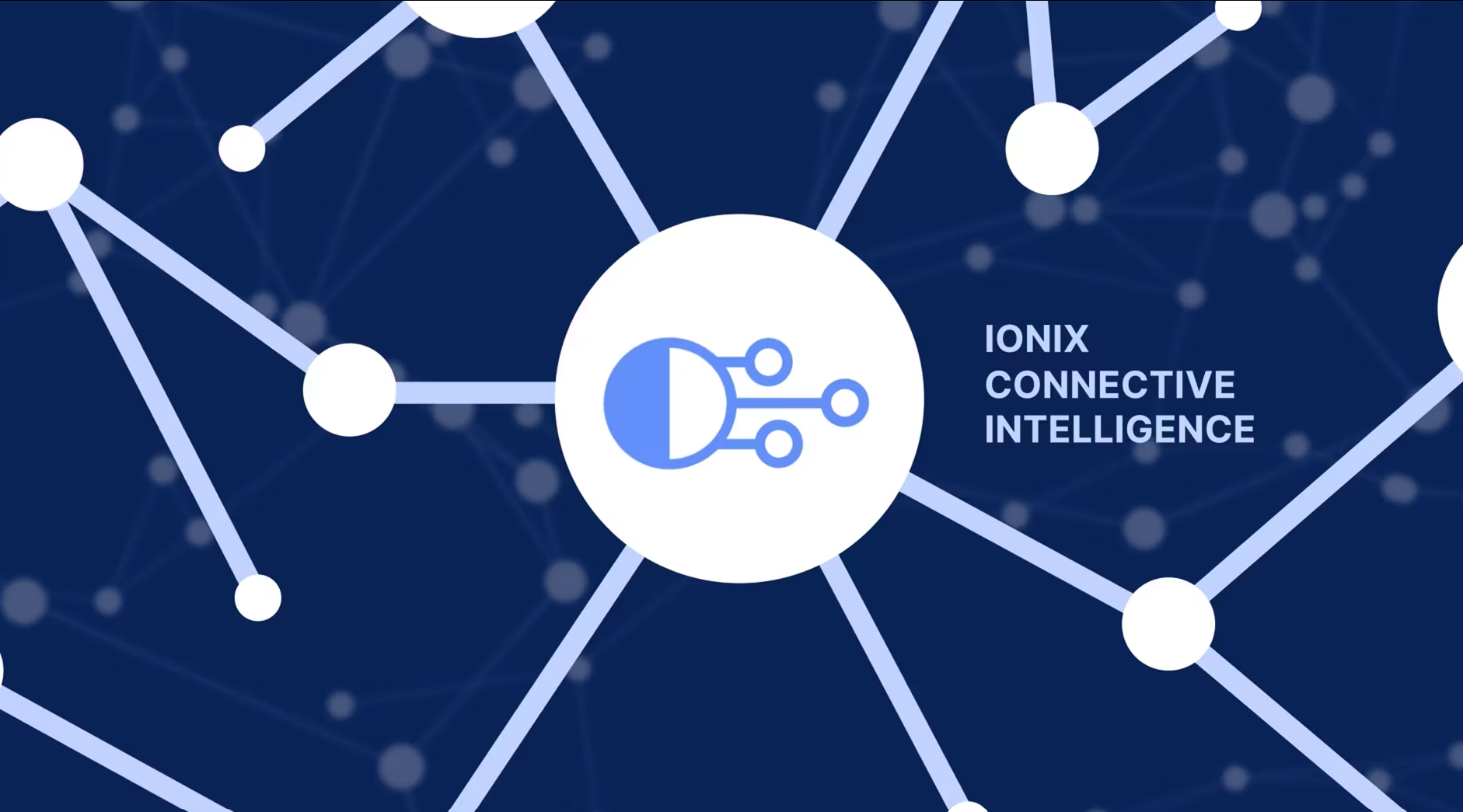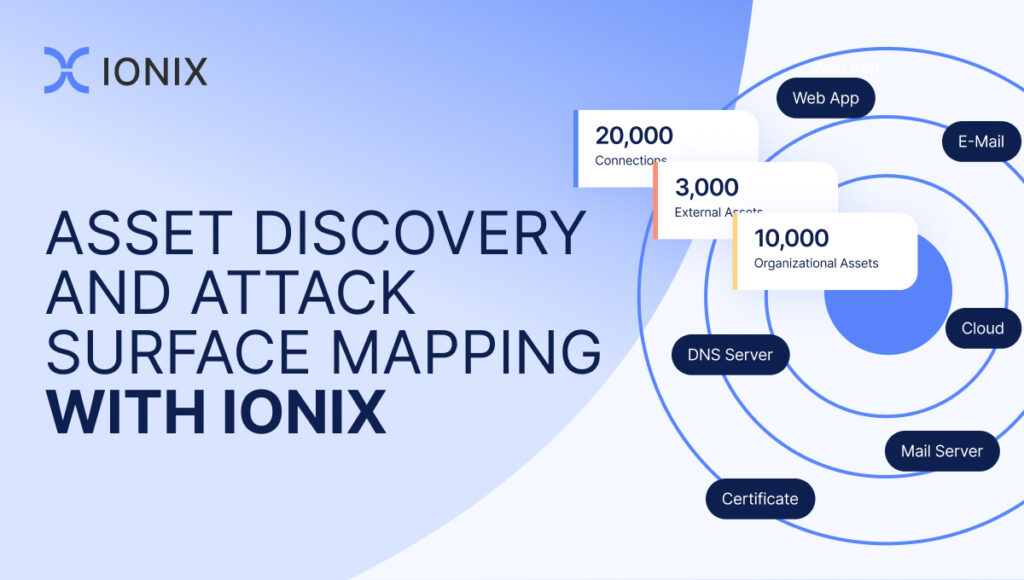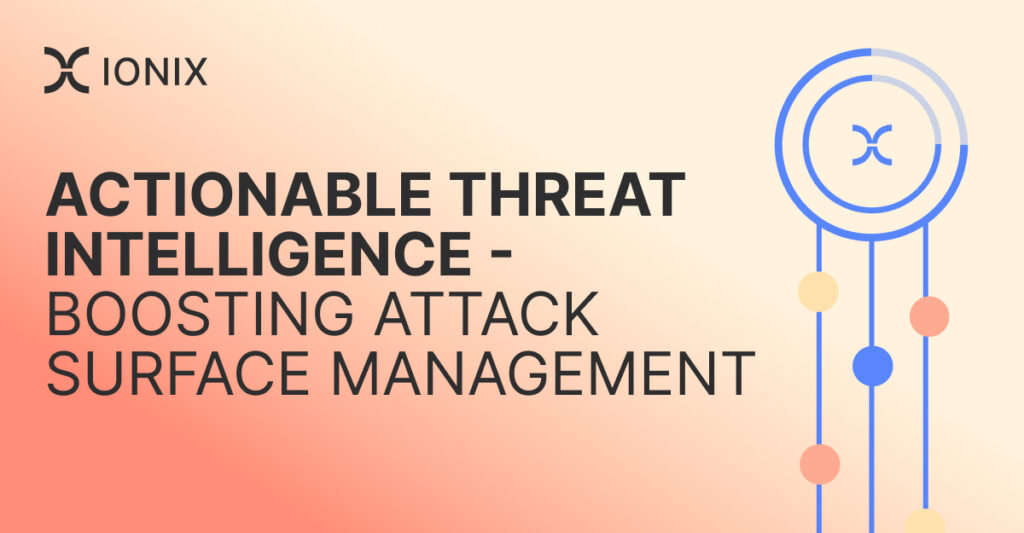How to Improve Security Hygiene and Posture Management with ASM

Security hygiene and posture management (SHPM) is a relatively new concept, yet it’s fundamental to protecting sensitive systems and data. There’s growing recognition that it’s critical for today’s companies to fully understand assets and their relationships. As a result, more companies are looking to SHPM as a core component of their cybersecurity programs.
Attack surface discovery and attack path mapping are key elements of SHPM, but these processes remain challenging for many businesses. In this article, we’ll review data from a survey conducted by TechTarget’s Enterprise Strategy Group (ESG) related to SHPM, attack surface discovery, and attack path mapping. We’ll also review how a robust attack surface management (ASM) solution can help you overcome barriers to effective SHPM.
What is Security Hygiene and Posture Management?
Security hygiene and posture management refers to the general practices, processes, and measures put in place to maintain a strong defense against cyberattacks. It’s a comprehensive approach to assessing, improving, and managing the security state of an organization’s IT environment.
Understanding Security Hygiene
Security hygiene forms the foundational aspect of an organization’s cybersecurity practices. It encompasses the routine, essential measures, and practices that an organization implements to protect against a wide range of cyber threats. Think of it as the digital equivalent of personal hygiene practices like washing your hands or brushing your teeth; simple yet crucial steps that keep an organization healthy from a cybersecurity perspective. Key elements of robust security hygiene include:
- Maintaining an updated asset inventory: ensuring that IT environments are known to and managed by security and IT teams.
Regular Software Updates and Patch Management: Keeping all software up-to-date to protect against known vulnerabilities. - Strong Password Policies and Multi-factor Authentication (MFA): Ensuring that access to systems is secured with robust authentication mechanisms, including multiple forms of authentication.
- Routine Data Backups: Regularly backing up critical data as a safeguard against data loss or ransomware attacks.
- Employee Security Awareness Training: Educating staff about common cyber threats such as phishing, and promoting safe online practices.
- Network Security: Implementing firewalls, intrusion detection systems, and secure Wi-Fi practices to safeguard the network infrastructure.
These practices lay the groundwork for a secure IT environment, helping to prevent a significant proportion of security breaches and cyber attacks.
What is Security Posture Management
While security hygiene focuses on foundational practices, posture management involves a more dynamic, ongoing process of managing and improving the organization’s overall security stance. It’s about maintaining a strong defensive position against potential cyber threats and adapting to new risks as they pop up. Key aspects of effective posture management include:
- Asset Management and Configuration Control: Keeping track of all IT assets and ensuring they are configured securely. This is explained further in our blog on attack surface discovery
- Continuous Monitoring and Threat Detection: Using Detect and Response systems to constantly monitor for suspicious activities.
- Vulnerability Management: Regularly identifying and assessing risks, including vulnerabilities, misconfiguration, and security posture issues within the organization’s IT environment.
- Incident Response and Recovery Planning: Having a plan in place for responding to security incidents and quickly recovering from them.
- Compliance and Risk Management: Ensuring the organization meets relevant regulatory requirements and managing risks appropriately.
Posture management is an ongoing process that requires constant vigilance and adaptation to new threats. It involves not just the use of technology, but also the implementation of policies and procedures that govern how security is handled within an organization.
Security Hygiene and Posture Management is Increasingly Challenging
TechTarget’s Enterprise Strategy Group “surveyed 383 IT and cybersecurity professionals at
organizations in North America (US and Canada) responsible for evaluating, purchasing, and utilizing products and services for security hygiene and posture management, including vulnerability management, asset management, attack surface management, and security testing tools, among others.” Thirty-six percent (36%) of survey respondents said that security hygiene and posture management is more difficult today than it was two years ago, reporting several barriers to effective SHPM.
The primary challenge is that SHPM involves nearly all company assets and activities, including asset configurations, network connections, application settings, user access, and more. Those assets and activities are highly distributed in today’s hybrid IT environments, which leads to several of challenges:
- 56% of respondents say they struggle to identify business-critical assets.
- 68% of respondents say they have difficulty prioritizing the actions that best reduce risk.
- 73% of respondents report having a strong awareness of less than 80% of their company’s assets.
- 56% of organizations responding say it’s difficult to determine asset ownership after identifying a vulnerability.
But that’s not to say that they don’t recognize the importance of SHPM. Let’s look at the survey’s findings on the biggest drivers of SHPM.
Key Drivers of Security Hygiene and Posture Management Linked to Attack Surface Discovery
Attack surface discovery looks at the attack surface from a threat actor’s perspective. It requires full supply chain visibility, which is challenging for many companies, yet it’s essential for SHPM. In fact, several of the biggest reasons to implement SHPM policies identified by TechTarget’s ESG are linked to attack surface discovery. These include:
- 36% of respondents say SHPM is important to better understand the company’s assets.
- 35% say SHPM helps them understand the attack path to the company’s sensitive systems and data.
- 27% say SPHM is crucial for reducing the attack surface.
- 16% say SHPM helps them identify and assess the company’s crown jewels (most valuable assets).
Seventy-two percent (72%) of survey respondents say that attack surface discovery alone takes more than 40 hours to complete, and that doesn’t include the necessary steps that follow, such as attack path mapping, data analysis, risk prioritization, and risk mitigation. Is there an easier way? You need a solution that goes beyond vulnerability management.
Leveraging a Robust Attack Surface Management Solution for Attack Surface Discovery (and More)
To overcome the challenges associated with attack surface discovery, an ASM solution like IONIX can continuously monitor your company’s assets and map their relationships and connections throughout the digital supply chain. Comprehensive attack surface discovery is just the beginning, but it’s vitally important.
Beyond attack surface discovery and attack path mapping, the best ASM tools automatically assess and prioritize risks based on the potential to access sensitive data, how it could impact your business operations, and other contextual factors.
Rather than bombarding your team with alerts, your ASM solution should eliminate the noise, providing a list of action items so your team remains laser-focused on the most critical risks. Integration with your existing systems (such as your security information and event management system, security operations center, or ticketing system) supports seamless workflows for rapid remediation of the most critical risks.
The TechTarget Enterprise Strategy Group’s findings make it clear that overcoming barriers to effective attack surface discovery, coupled with a robust ASM solution, can help many businesses improve their security hygiene and posture management. Download the report here.
Best Practices for Effective SHPM Implementation
Implementing security hygiene and posture management (SHPM) effectively requires a strategic approach that encompasses a range of practices, from foundational security measures to advanced threat detection and response strategies. Below are key best practices for a robust SHPM implementation:
Comprehensive Risk Assessment and Asset Inventory
- Conduct Regular Risk Assessments: Regularly evaluate the potential risks and vulnerabilities within your organization. This should include not only technical assessments but also an analysis of business processes and employee behaviors that could pose risks.
- Maintain an Updated Asset Inventory: Keep an up-to-date inventory of all digital assets, including hardware, software, data, and network resources. This inventory should also map the interdependence and criticality of these assets to the business operations.
Implementing Layered Security Controls
- Adopt a Multi-Layered Security Approach: Utilize a combination of preventative, detective, and corrective controls. This might include firewalls, antivirus software, intrusion detection systems, and encryption technologies.
- Embrace Endpoint Security: Ensure that all endpoints, including mobile devices and remote workstations, are secured and monitored.
Regular Security Training and Awareness Programs
- Conduct Ongoing Training: Regularly train employees on security best practices, emerging threats, and their role in maintaining security hygiene.
- Promote a Security-Conscious Culture: Foster a workplace culture where every employee understands the importance of cybersecurity and how to be vigilant about potential threats.
Advanced Threat Detection and Response Planning
- Implement Real-time Monitoring: Use advanced monitoring tools to detect unusual activities or potential breaches in real time.
- Develop and Test Incident Response Plans: Have a well-defined incident response plan, and conduct regular drills to ensure your team is prepared to effectively manage and mitigate security incidents.
Continuous Improvement and Adaptation
- Staying Up-to-date on Emerging Threats and Technologies: Continuously update your security strategies to address new and evolving cyber threats.
- Leverage Automation and AI: Utilize automation and artificial intelligence for more efficient threat detection, risk assessment, and response.
Regulatory Compliance and Best Practice Alignment
- Ensure Regulatory Compliance: Stay compliant with relevant cybersecurity regulations and standards pertinent to your industry.
- Align with Cybersecurity Frameworks: Adopt and align your SHPM practices with established frameworks like NIST or ISO 27001, which provide structured approaches to managing cybersecurity risks.
Effective Communication and Stakeholder Engagement
- Engage Top Management: Ensure that the top management is aware of and supports cybersecurity initiatives, as their backing is crucial for effective implementation and resource allocation.
- Collaborate Across Departments: Promote collaboration between different departments (IT, HR, legal, etc.) for a holistic approach to SHPM.
Benefits of Good Security Posture Management
- Enhanced Data Protection: Robust security posture management in Kubernetes helps protect sensitive data from unauthorized access and potential breaches.
- Compliance with Regulations: Good security practices ensure compliance with various industry standards and regulations, reducing legal and financial risks.
- Reduced Attack Surface: Implementing strict security measures and best practices minimizes the attack surface, deterring potential cyber attacks.
- Operational Resilience: A well-managed security posture contributes to the overall resilience of the Kubernetes environment, ensuring high availability and reliability of services.
- Trust and Reputation: Maintaining a strong security posture enhances trust among customers and stakeholders, bolstering the organization’s reputation.
- Cost-Effective Security: Effective security management can prevent costly breaches and downtime, resulting in long-term financial benefits.
The Future of SHPM and ASM: Emerging Trends
The evolution of security hygiene and posture management (SHPM) and attack surface management (ASM) is poised to be influenced by several key trends:
- Integration of AI and ML: Enhanced threat detection and predictive analytics will become more prevalent, offering proactive defense mechanisms.
- Focus on Cloud Security: With a shift towards cloud environments, cloud-native security solutions and hybrid cloud security management will gain importance.
- IoT Security Integration: Securing the expanding array of IoT devices will become a critical aspect of SHPM and ASM strategies.
- Automation in Security Operations: Increased use of automation will streamline security tasks, reducing human error and improving response times.
- Adapting to Regulatory Changes: SHPM and ASM tools will evolve to ensure compliance with tightening security regulations.
These advancements will significantly shape the strategies and tools used in SHPM and ASM, enhancing overall cybersecurity effectiveness.
Conclusion
In a time where cyber threats are constantly popping up, effective security hygiene and posture management are more crucial than ever. As we’ve explored, SHPM is a comprehensive approach that requires continuous effort and adaptation. The future of SHPM and ASM promises advancements that will further empower organizations to protect their digital assets.
To stay ahead in this dynamic landscape, consider exploring IONIX’s attack surface management (ASM) platform. IONIX offers cutting-edge solutions tailored to enhance your SHPM, ensuring robust defense against emerging cyber threats. Discover how IONIX can transform your organization’s security posture and keep your valuable assets protected.




